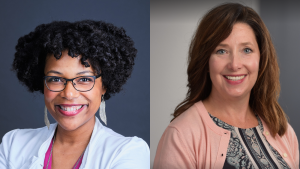Healthcare has long had its issues with equity when it comes to the quality of care and how it delivers care outcomes to patients from diverse backgrounds. In the early 2000s, the National Institutes of Medicine laid out a path toward leveling the way healthcare delivery occurs, but two decades later, problems persist.
In recent times, it has become a more widely recognized fact that people’s environment, the social constructs they operate in and the resources available to them to improve their health and wellbeing is the primary driver of health outcomes. This scope is commonly known as Social Determinants of Health (SDoH) and has become a focus for policymakers, healthcare data scientists and care providers alike.
In their upcoming book, Reigniting the Human Connection — A Pathway to Diversity, Inclusion and Health Equity, authors Jennifer Mieres, Elizabeth McCulloch and Michael Wright showcase how Northwell Health (No. 1 on The Fair360, formerly DiversityInc Specialty List for Top Hospitals and Health Systems in 2021 and 2020) has focused on DEI in healthcare on a foundational level for the past 10 years. The book analyzes the various environmental factors impacting the ability of community partners to provide patient care and then presents a working blueprint on how to create care plans that account for SDoH.


















